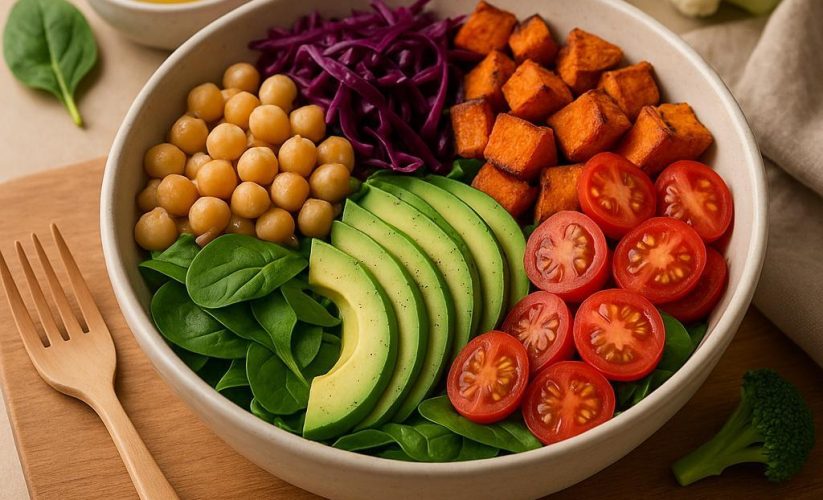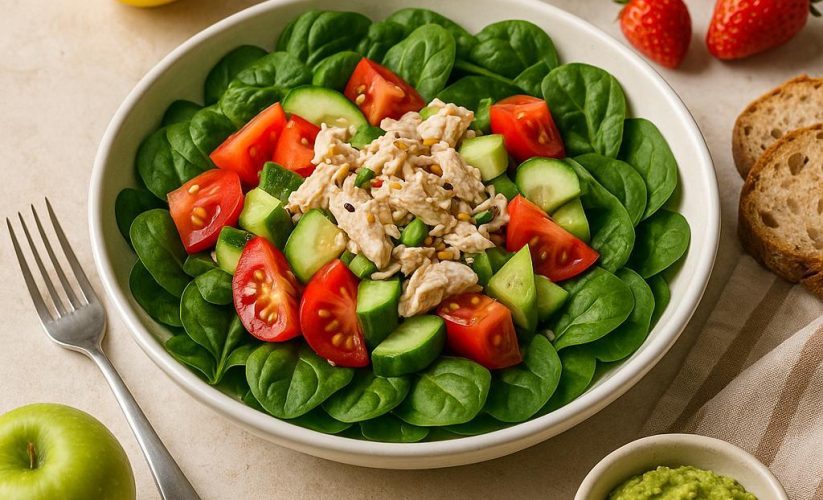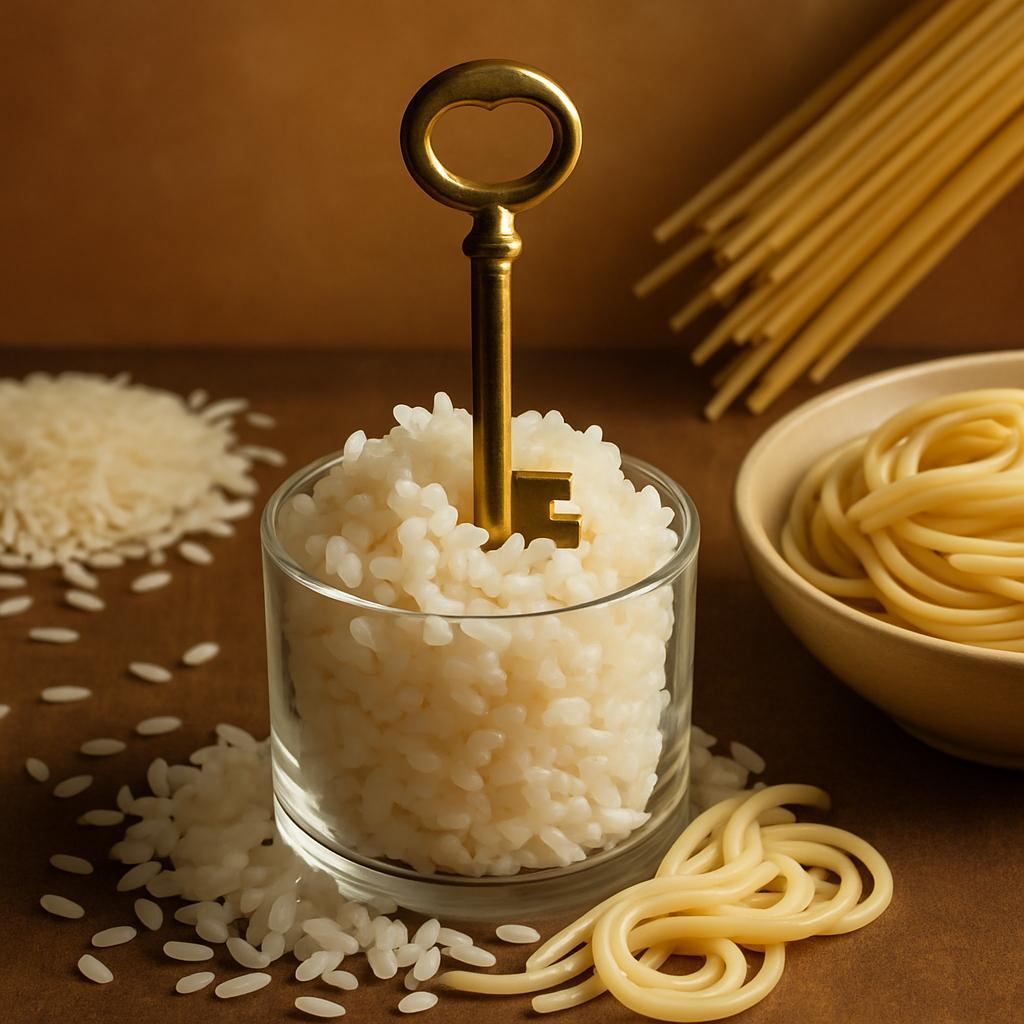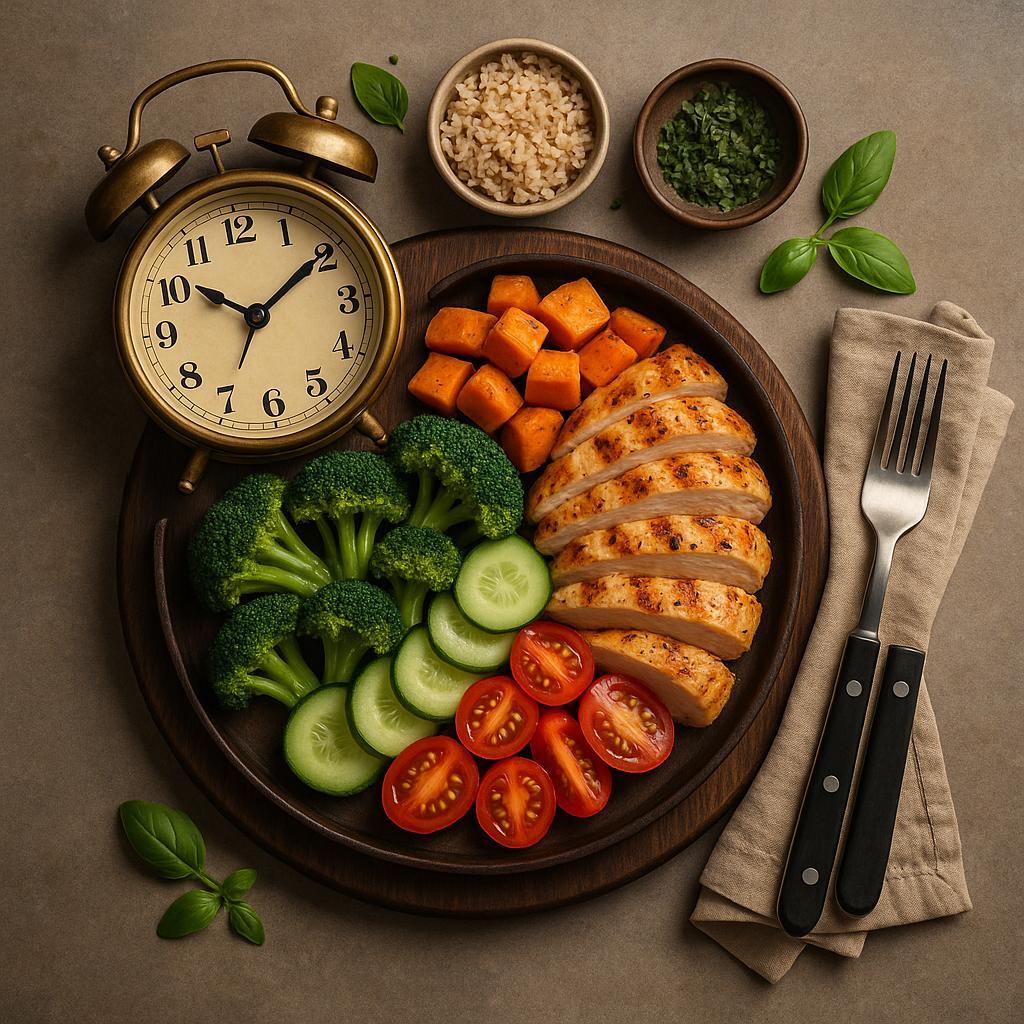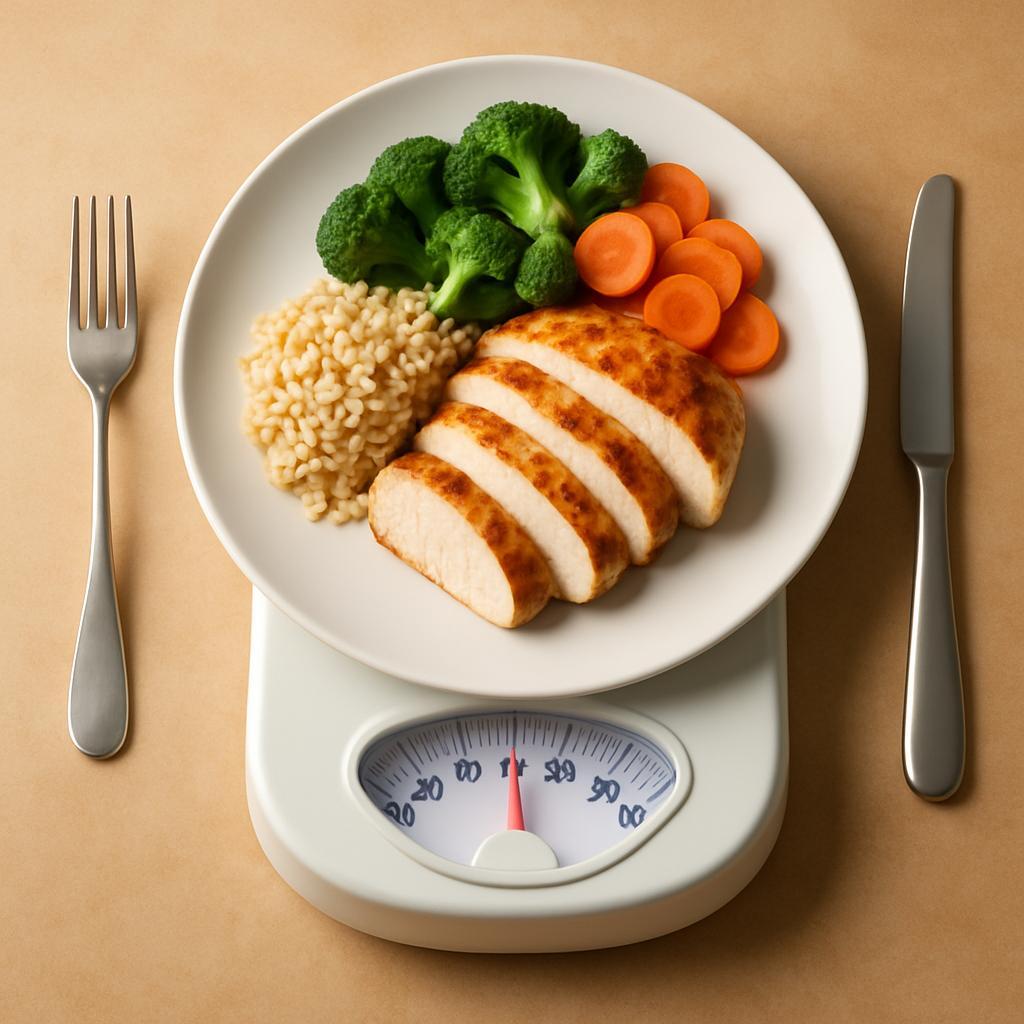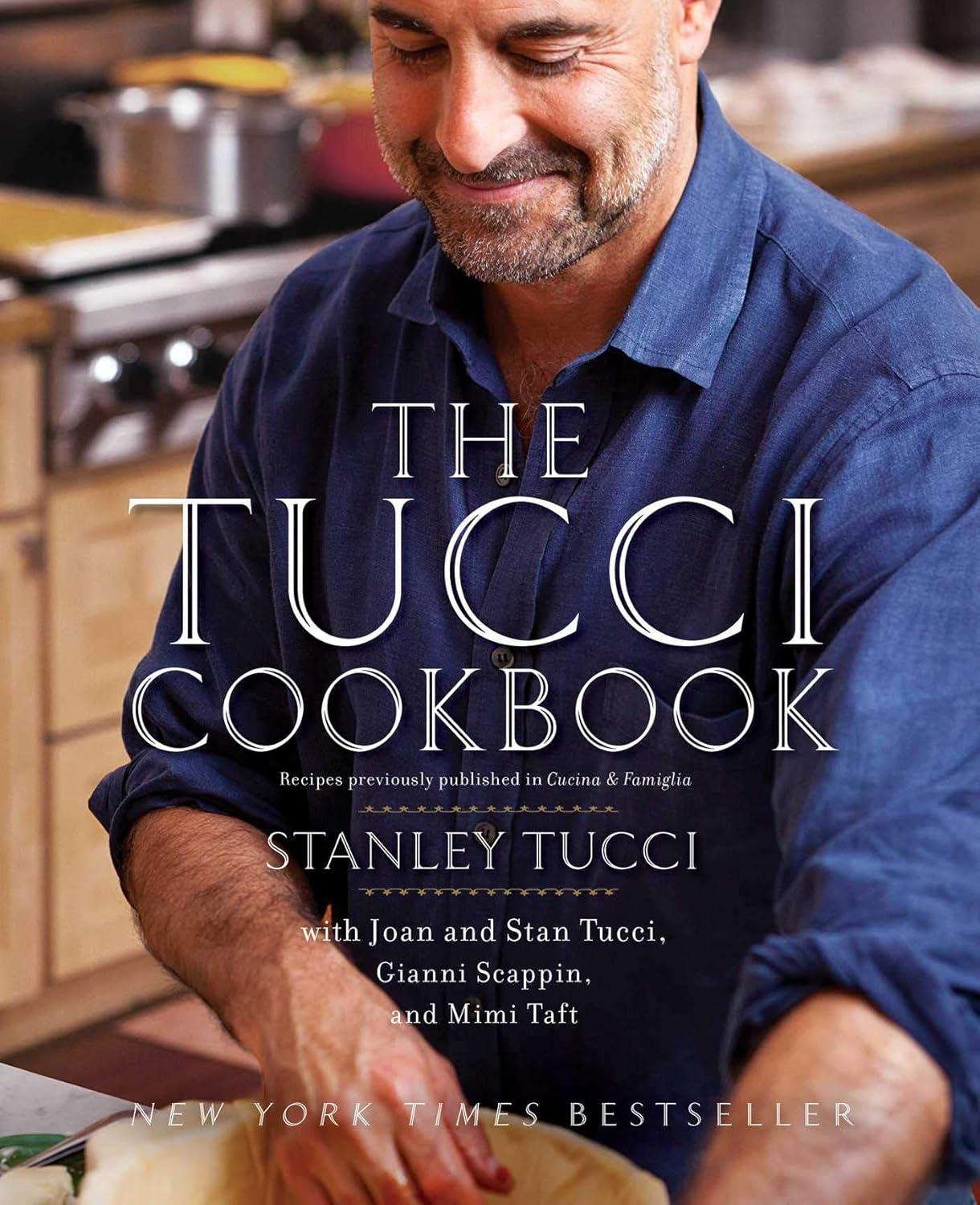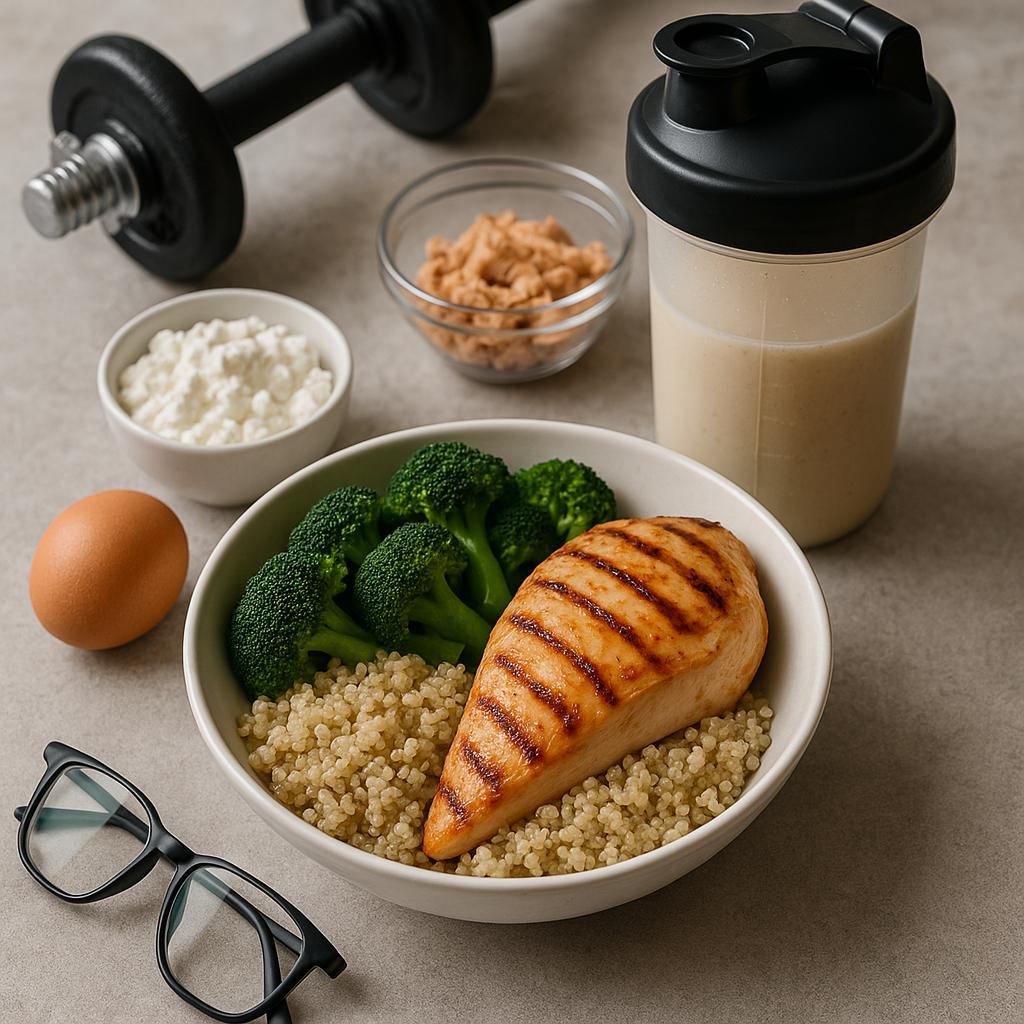Streamlined Suppers: Budget Weekly Plan for Busy Families
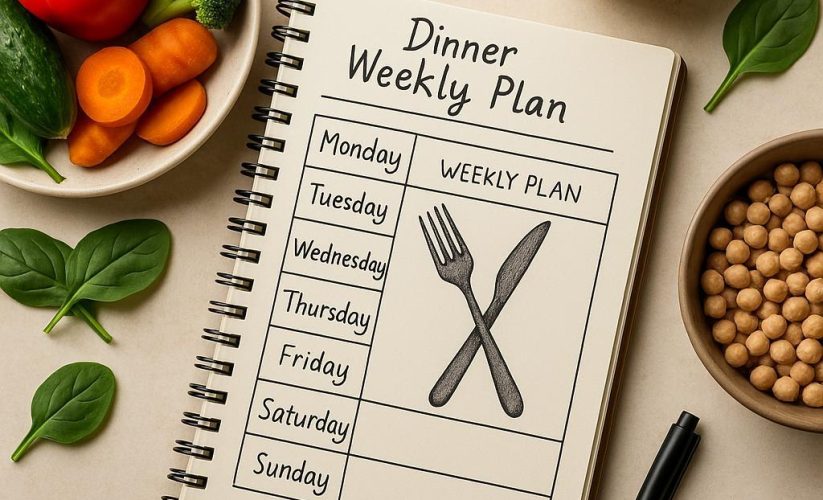
Dinner shouldn’t force a standoff between your clock and your wallet. For families stretched by commutes, homework, and late practices, the nightly meal can feel like a budget-busting dash. Streamlined Suppers: Budget Weekly Plan for Busy Families offers a clear, repeatable approach that lowers costs and stress without demanding extra hours in the kitchen. Think steady rhythms over heroics: versatile staples, planned overlaps, and small prep moves that carry you through the week. The aim is simple-more calm at 6 p.m., fewer surprise expenses, and plates everyone actually wants to eat. Here’s how to trade scramble for structure and bring dinner back within reach.
Table of Contents
- Plan once cook all week with time to spare
- Budget savvy shopping with a pantry swap guide
- Mix and match templates that please the whole family
- Leftovers reinvented for fresh flavors every night
- Q&A
- In Summary
Plan once cook all week with time to spare
Sunday Power Hour (75 minutes): Roast 2.5 lb chicken thighs (salt, pepper, smoked paprika) at 425°F for 25 minutes; shred and save the pan juices. While the oven works, cook 3 cups dry rice (yields ~9 cups) and pressure-cook or simmer 1 lb dry black beans until tender. Sheet-pan 2 lb mixed vegetables-bell peppers, onions, broccoli, carrots-tossed with oil and cumin for 18-20 minutes. Whisk three fast sauces: garlic yogurt (1 cup plain yogurt, 1 grated clove garlic, 1 tsp lemon, pinch salt), peanut-lime (1/3 cup peanut butter, 2 tbsp soy sauce, 1 tbsp honey, juice of 1 lime, water to loosen), and tomato-chile (simmer 28 oz crushed tomatoes with 1 tbsp olive oil, 1 tsp chili powder, 1 tsp smoked paprika, 10 minutes). Cool components quickly in shallow containers, label by day, and refrigerate; freeze half the rice for midweek freshness. This single session yields five 15-minute dinners for four, typically under $40 for the week (prices vary), about $2 per serving, and saves 2-3 hours compared to starting from scratch nightly.
Mon: Fajita rice bowls-reheat rice, toss shredded chicken with paprika and a splash of pan juices, add roasted peppers/onions, finish with garlic yogurt and a squeeze of lime (12 min).
Tue: Crispy bean-and-veg quesadillas-mash warm black beans with a spoon of tomato-chile sauce, fold with roasted veg and a little cheese in tortillas, pan-crisp; serve with carrot sticks (15 min).
Wed: Peanut-lime chicken fried rice-stir-fry rice with chopped veg, add chicken, then glaze with peanut-lime sauce; top with scallions or peanuts for crunch (14 min).
Thu: One-pan enchilada rice-combine rice, beans, and tomato-chile sauce in a skillet, sprinkle cheese, cover till melty; dollop garlic yogurt (12 min).
Fri: Speedy shakshuka-simmer tomato-chile sauce, crack in 6 eggs, cover till set; spoon over rice or toast (15 min). Swap proteins or sauces as needed for dietary preferences, keep everything piping hot (165°F) on reheat, and use leftover portions for next-day lunches without extra effort-your future self will thank you.
Budget savvy shopping with a pantry swap guide
Build your list around flexible “swap families” so the plan survives price spikes and sold-out shelves. For proteins, ground beef ↔ seasoned lentils or black beans; chicken breasts ↔ bone-in thighs or drumsticks; salmon fillets ↔ canned salmon formed into quick patties; bacon ↔ a pinch of smoked paprika for flavor without the cost. For vegetables, out-of-season fresh ↔ frozen blends (onion/pepper, broccoli/cauliflower); spinach ↔ frozen spinach; zucchini ↔ carrots or cabbage; fresh herbs ↔ dried plus a squeeze of lemon. For grains/starches, any short pasta shape ↔ another shape on sale; white rice ↔ brown rice or bulgur; tortillas ↔ flatbreads or pita; russet potatoes ↔ sweet potatoes if cheaper. For dairy/creamy elements, ricotta ↔ cottage cheese blitzed smooth; sour cream ↔ plain yogurt; heavy cream ↔ evaporated milk. For flavor boosters, jarred sauce ↔ tomato paste + water + garlic + Italian seasoning; stock cartons ↔ bouillon; teriyaki bottle ↔ soy sauce + a spoon of sugar + splash of vinegar; “fresh onion” flavor ↔ onion powder when time or budget is tight.
Apply swaps to the week without changing the cooking flow: Taco bowls-use 1/2 lb meat plus 1 can beans to stretch to 4-6 bowls; romaine ↔ shredded cabbage; queso ↔ yogurt-lime drizzle. One-pan pasta bake-mozzarella ↔ any melty cheese ends; ricotta ↔ cottage cheese; jarred marinara ↔ tomato paste water + oregano + pinch of sugar. Sheet-pan supper-chicken thighs ↔ chickpeas tossed in oil and spices; broccoli ↔ frozen green beans; finish with lemon zest if you skipped fresh herbs. Stir-fry night-snap peas ↔ frozen mixed veg; flank steak ↔ sliced mushrooms + peanuts for texture; bottled sauce ↔ soy + vinegar + honey; serve over whichever grain is cheapest this week. Soup-and-sandwich-rotisserie chicken ↔ leftover roasted veg and beans; celery ↔ chopped cabbage; stale bread ↔ homemade croutons. Pantry math: 1 cup dry rice cooks to ~3 cups (4 bowls), 1 lb meat stretches with 1 cup cooked lentils or 1 can beans, and a 6-oz can tomato paste yields ~24 oz “sauce” when seasoned. Aim for $1-$2 per serving by buying base items in bulk, freezing portions in flat bags, and favoring best-by deals on shelf-stable goods for a streamlined cart and steady costs.
Mix and match templates that please the whole family
Think in templates, not rigid recipes: choose a base, a protein, a veg, and a budget-friendly flavor booster, then rotate by cuisine so everyone gets a favorite without buying specialty items. Try these plug-and-play frameworks all week: grain bowls (rice, barley, or couscous + beans/leftover chicken/eggs + any roast veg + pesto, salsa, or tahini); sheet-pan suppers (potatoes or chickpeas + sausage/tofu + broccoli/peppers + garlic-lemon or BBQ rub); taco/flatbread bar (tortillas/naan + black beans/ground turkey + lettuce/tomatoes + yogurt-lime or chipotle mayo); quick pastas (penne/orzo + lentils/canned tuna + spinach/zucchini + olive oil, chili, and Parm); soup-and-sandwich pairings (tomato or bean soup + grilled cheese/veggie melt + pickle). Cook once, use twice: roast a tray of mixed vegetables and a family-size protein on Sunday; rework into tacos on Monday, a pasta toss Wednesday, and a lunchbox bowl Friday, reducing prep time and waste.
Build a budget-friendly rotation that still feels flexible: pick three anchors (for example, sheet-pan, taco bar, pasta), two quick pivots (eggs-any-way; soup-and-sandwich), one leftovers remix, and one “no-cook” night (deli rotisserie + bagged salad + crusty bread). Keep peace at the table with customizable toppings-bowls of shredded cheese, sliced olives, pickled onions, and a mild/hot sauce duo let picky and adventurous eaters assemble to taste. Plan flavor “lanes” for the week (Tex-Mex, Mediterranean, Italian) so spices overlap and shopping stays tight; a single jar of marinara, a tub of hummus, and a can of chipotles stretch across multiple meals. Batch-cook grains, prewash greens, and portion proteins into two-meal packs; label with the intended template to prevent decision fatigue. Swap easily for dietary needs-gluten-free pasta, corn tortillas, or tofu/beans in place of meat-without changing the rest of the template, keeping costs predictable and prep time under 20 minutes.
Leftovers reinvented for fresh flavors every night
Think “planned-overs,” not leftovers: cook one versatile base on shopping day-such as a roast chicken, a pot of beans, or a tray of roasted mixed vegetables-and store in shallow, labeled containers so you can re-cast them fast. Transform with a quick refresh method rather than reheating as-is: shred and sear proteins in a hot skillet for crispy edges; toss vegetables with oil and a fresh spice blend, then broil 3-5 minutes to revive char; loosen grains with a splash of broth and a knob of butter or miso. Build a small sauce bank that changes the flavor family on demand: herbed yogurt (lemon, dill, garlic) for Mediterranean, sesame-soy-ginger for takeout-style bowls, harissa-tomato for North African heat, or peanut-lime for Southeast Asian crunch. With these, Monday’s roast becomes Tuesday tacos with citrus slaw, Wednesday’s quick soup fortified with tiny pasta and greens, Thursday’s flatbread with veg pesto, and Friday’s fried rice studded with dice-sized odds and ends-new flavors nightly without new grocery runs.
Keep it safe and crisp on a budget: cool within 2 hours in shallow containers, label and date, use within 3-4 days (or freeze 2-3 months), and reheat to 165°F. Store wet and dry components separately so textures survive; re-crisp breaded items in an air fryer or hot oven (400°F, 3-6 minutes), and finish soups and stews with a punchy acid (lemon, vinegar) and fresh herbs to wake them up. For fast remixes, lean on low-cost boosters: toasted breadcrumbs or nuts for crunch, quick pickled onions for brightness, and citrus zest for aroma. Budget-friendly switches multiply options-beans become chili-stuffed baked potatoes with cheddar, mashed potatoes turn into pan-fried cakes with scallions, stale bread becomes panzanella with roasted veg, extra pasta bakes into mini muffin-cup ziti, and leftover rice meets eggs and frozen peas for a 10-minute wok supper. The trick is simple: change the texture + add a new sauce + introduce one crunchy or fresh element, and yesterday’s meal feels brand new.
Q&A
How can I plan a full week of dinners for about $85-$100 without the meals feeling repetitive?
Pick two value proteins (e.g., chicken thighs and eggs), two budget-friendly plant proteins (beans and lentils), and three versatile vegetables that cross over multiple dishes (carrots, bell peppers, greens), then assign theme nights so the flavors shift even when ingredients repeat. A simple rotation could be: Sheet-pan chicken with potatoes and carrots; Bean and veggie quesadillas; Lentil “bolognese” over spaghetti; Fried rice with leftover chicken and frozen peas; Baked potato bar with chili-style lentils; DIY noodle bowls with quick peanut sauce; Leftover remix night. Shop store brands, buy family packs you can portion and freeze, and lean on pantry staples like rice, pasta, tortillas, and canned tomatoes to keep the cart total in check.
What’s the fastest way to get dinner on the table when we only have 20 minutes?
Batch-cook a few “building blocks” on the weekend-pot of rice, roasted vegetables, and a protein such as shredded chicken or marinated tofu-so weeknights become assemble-and-heat. Use one-pan and high-heat methods: sheet-pan broil instead of bake, quick stir-fries, or a pressure cooker for beans and grains. Keep frozen veggies, pre-washed greens, and microwaveable grains on standby, and rely on 2-3 flavor boosters that work across meals, like a citrus-herb vinaigrette, chili-lime yogurt, or garlic-soy glaze, to change the personality of the same core ingredients.
How do I build a single shopping list that minimizes waste across the week?
Choose recipes that deliberately share ingredients, then schedule meals by perishability so the quickest-to-wilt items are used first. For example, buy one bulk bag of carrots, a head of greens, two bell peppers, onions, potatoes, a family pack of chicken thighs, a dozen eggs, rice, pasta, tortillas, canned tomatoes, beans, and lentils; cook greens early in the week, use bell peppers midweek, and save carrots and potatoes for later. Plan a “catch-all” meal like fried rice, frittata, or soup on day five to capture stragglers, buy loose produce when possible, and portion and freeze half of any large protein pack on shopping day to avoid spoilage.
What are smart tweaks for picky eaters so I’m not cooking two dinners?
Deconstruct mixed dishes into build-your-own plates-keep the base mild and offer toppings on the side-so tacos, bowls, and pasta can be customized without extra cooking. Swap strong flavors for gentler ones (mild cheese instead of sharp, plain yogurt instead of spicy crema), blend chunky sauces smooth, and serve vegetables two ways at once (raw sticks and the cooked version) to increase acceptance. Keep a reliable backup component ready, like buttered noodles or a simple egg, that integrates with the main meal rather than becoming a separate production.
How can I adapt this plan for vegetarian or gluten-free diets without raising costs?
Center the menu on naturally affordable, naturally compliant staples and avoid pricey specialty items. For vegetarian, rotate lentils, chickpeas, black beans, tofu, and eggs with the same themes-lentil bolognese, bean tacos, tofu fried rice, veggie-loaded baked potatoes. For gluten-free, use rice, potatoes, corn tortillas, polenta, and gluten-free oats, and swap soy sauce for tamari. Focus on whole foods from bulk bins and produce on sale; you’ll hit the same budget by letting spices, sauces, and textures do the variety work.
What are the best storage and reheating habits to keep food fresh all week?
Cool cooked food quickly, store in shallow, airtight containers, and label with date so high-risk items get used first. Keep portions for the next 3-4 days in the fridge and freeze the rest in meal-size packs for 2-3 months; grains, sauces, and cooked proteins freeze especially well. Reheat gently with a splash of water or broth to revive moisture, use a skillet or oven to restore crispness for roasted items, and add fresh elements-herbs, crunchy toppings, a squeeze of citrus-at the end to brighten flavors like day one.
In Summary
A little structure goes a long way. With a simple weekly roadmap-shared ingredients, light prep, and smart use of leftovers-dinner shifts from a daily scramble to a routine that saves money, reduces waste, and keeps flavor front and center. Try it for one week: scan your pantry, pick three anchor meals, schedule a 30‑minute prep block, and jot a short list. Let the plan do the heavy lifting so evenings feel calmer and more predictable-leaving you with the reassuring sense that you’ve already got tomorrow’s supper handled.

